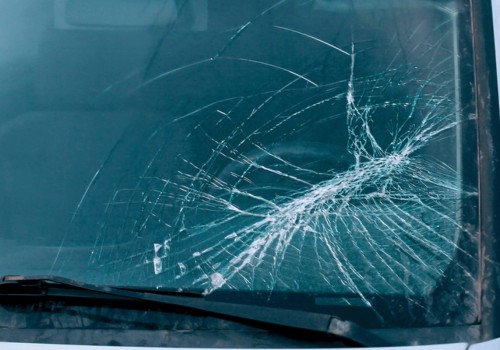OEM car glass is manufactured by the same manufacturer that provided the original glass that the manufacturer placed on your vehicle. In essence, you should get a windshield almost identical to the factory glass your vehicle came with when it first rolled off the assembly line. Automakers don't usually make their own windshields. This work is outsourced to companies that specialize in automotive glass.
The car glass company manufactures windshields and windows in accordance with the strict specifications of the automaker. The glass is then sent to the central facility where the cars are actually assembled and installed on new cars as they are built. Since this work is outsourced, the automaker is continually accepting offers from different glass manufacturers. Basically, Honda requires an original windshield replacement, along with an original replacement of the side goggles on some models such as the Honda RLX Sport Hybrid and the Honda Accord, for example.
This means that if you decide to change your windshield, you may also need to replace the rearview mirror. How much you are willing to spend on a windshield replacement will greatly affect your purchasing decision. Many aftermarket windshields work very well for the consumer, but those who are not willing to take the risk with a slightly lower quality often choose to invest in an OEM windshield. But if the damage is covered by your comprehensive insurance, most insurance companies would normally prefer to replace damaged glass with aftermarket windshields, unless you paid for a premium plan that covers OEM replacement.
Before your auto glass expert can replace your windshield, you'll likely need to order a new windshield that has been manufactured specifically for the make and model of your car. To make an informed decision, you'll need to know the difference between the two types of OEM windshields and aftermarket windshields, and this is exactly what we'll talk about today. Not all glass is created the same way and replacement glass for car windshields clearly demonstrates this. There are insurance policies that include OEM windshield replacement, but they only apply to vehicles of newer models, no more than a year or two older than the current model.
Today, the landscape has changed tremendously with the OEM windshields most demanded by modern automakers due to the integration of highly advanced windshield-connected technology into premium models. Aftermarket windshields are different from OEM windshields in that they are made from a different automotive glass manufacturer, usually from a company that has not won a particular subcontract with its automaker. Automakers, looking to help their dealers make more profits, restrict OEM windshield manufacturing and sell them in their parts department to consumers and auto glass repair and replacement shops. In fact, not only do the heights and widths of the windshields of vehicles vary greatly depending on the make and model of the car, but the thickness and curvature of the windshield also vary.
In the end, be prepared to spend a lot of money on a windshield replacement if you own a Nissan and especially one of the models mentioned above. OEE or original equipment equivalent windshields are windshields manufactured by the same companies that manufacture OEMs, but the logo on the glass is that of the glass manufacturer, not that of the automobile manufacturer.










